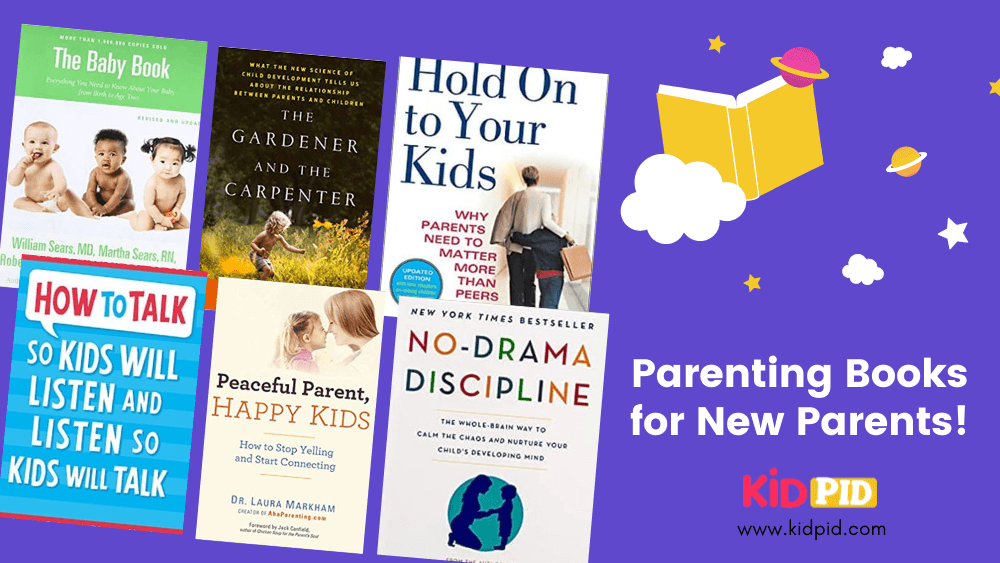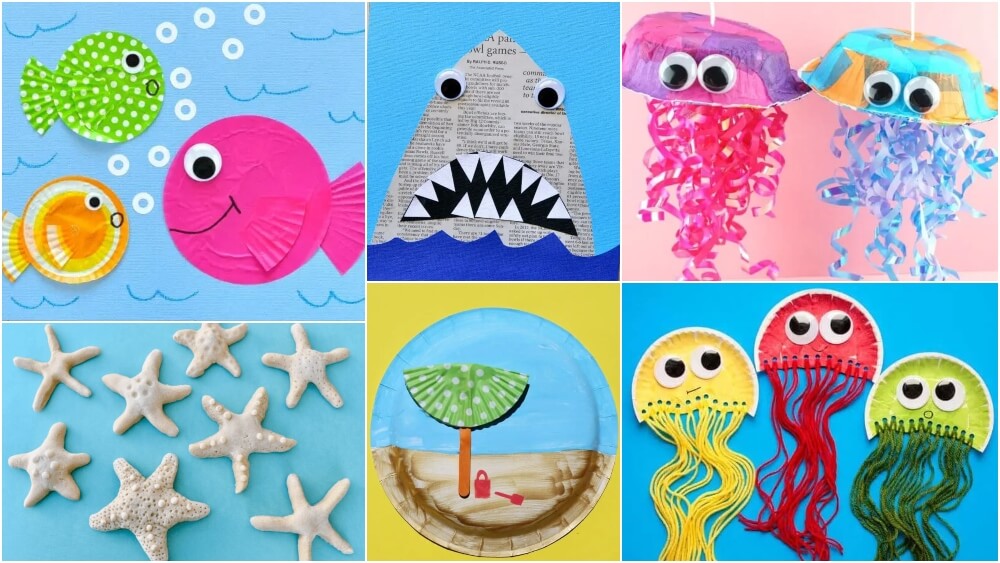What To Do When Your Child Hits You

Being struck by your child may be upsetting, humiliating, and annoying. It causes a sense of despair or guilt for some parents. Many parents are concerned that their child’s aggressive behavior toward them indicates that they haven’t done enough as parents. However, most children have struck at some point. The secret to stopping your child from striking is how you react to it.
Children hitting their parents do so for a variety of reasons. Sometimes they act out because they lack the emotional control and socially acceptable means of expressing themselves. They might not have the words or self-control to express their emotions. They use violence to satisfy their demands, frequently without considering the repercussions.
Additionally, hitting can be a technique for manipulation. Kids will occasionally strike to acquire what they want. When his mother says no, a youngster may slap her, hoping that his aggressiveness would persuade her otherwise.
Toddlers may not understand that striking might harm, and this is likely because their feeling of compassion does not completely mature until around age 3. Even though your youngster understands the concept, they might not be able to control themselves with other children. It’s also doubtful that they would purposefully offend someone because they cannot properly comprehend their feelings, let alone those of others.
Any youngster (or adult!) Trying to strike, kick, or bite someone is mostly done to feel in control and powerful. This is why it’s important to quit beating children and to ask them “why” when you do. Alternatively, “How often have I advised you not to hit?” If you place children in time-out, you’ll frequently notice increased hostility, yelling, or even laughing at you. This represents the child’s ongoing efforts to satisfy their unmet power demand.
Your response to your child striking will affect how probable it is for them to strike again. Here are some methods of punishment you may use to keep both of you safe while teaching them better skills to deal with their emotions and control their conduct.
Teach Respectful Conduct
It is insufficient only to instruct children, “Don’t hit.” Also, teach your youngster how to control their rage. When your child feels furious, suggest that they read a book, sketch something, take a deep breath, or retire to their room. Finally, teach your youngster about emotions like grief and annoyance. Discuss the significance of handling these emotions healthily with your child and assist him in learning coping mechanisms.
Avoid yelling or acting out of rage.
Instead of yelling, screaming, or acting out in rage, toddlers respond better to calm, firm responses. Even though it might be quite stressful, gathering your composure before instructing your child can help them perceive you as a leader in charge of their body, voice, words, and expressions.
Identify the cause
Try to determine what irritated your toddler sufficiently to cause them to strike. For example, they seem frustrated because they can’t locate a favorite toy. Is the person in their space bothering them? Need they need a snack? Please give them the words to express their emotions. For example, help them express if they slam a simple glass of water off the table, thinking they secretly want milk.
Specify rules
Make respect-related norms for your home. Make it clear that physical aggressiveness, including biting, kicking, and striking, is not permitted in your family. Whenever you can, favorably frame your regulations. For example, say, “Use courteous touches” rather than “Don’t hit.” Make sure your child knows the rules and what happens if they are broken by talking to them about them.
Keep your composure.
Some children think that any attention is preferable to no attention. When you respond in horror when your kid does something wrong, they could get curious and feel inspired to behave to earn your attention.
Avoid using physical force.
Your child will wonder why you get to smack them, and they don’t if you spank them as punishment. Spanking might make your youngster more aggressive rather than promoting self-control. Instead of listening to what you say, kids learn more about conduct from what they see you do. Show your child the behaviors you wish to see in them. Teach your child how to express their rage, grief, and disappointment in a way acceptable in society.
Additionally, if you are modeling good conduct to assist your child in refraining from striking, it could perplex them if you are also hitting. Finally, avoid using force in any power disputes. Walking or carrying your young child to their time-out location is one thing; punishing them harshly while they are in time-out is quite another. Avoid being harsh with your child if they try to escape the time-out you’ve set up and instead calmly return them to it while outlining what has to happen, when they can get up, and other specifics.
Calm down, your kid.
By practicing belly breathing, hugging your child, or simply singing a short song, you may assist your child’s body in becoming more relaxed. You aim to show her that she can deal with strong emotions without becoming violent.
Hold them back physically.
When your child tries to strike someone, your natural reaction could be physically restraining them. This may be an option for you if you believe your child is out of control or if they may be calmed down by feeling safe physically. Depending on your size, strength, and skill, this could be physically challenging if your child is strong. Your child shouldn’t feel any pain when you physically restrain them; instead, it should feel like a gentle hug that keeps them from striking other people or themselves. Additionally, you may want to calmly explain to them why you are keeping them in your arms: you can’t let them injure anyone. When the situation has passed, you can reroute them to different actions. Thinking about one of the following alternatives could be more useful if your child reacts poorly to being confined.
Discuss substitutes
If you haven’t expressly taught and modeled these responses, your child might not even be aware that there are different ways to handle irritation, envy, wrath, and other emotions. What other alternative responses may kids have besides beating when a buddy of theirs steals a toy they wanted? Be careful you set a good example by speaking up, moving on, and approaching an adult with issues. Your child needs you to explain their choices, but it will take time for them to learn and mature to the point where this will be helpful.
Offer emotional assistance
If mishandling emotions appears to be the cause of striking, consider providing more age-appropriate ways for children to express their emotions, such as by teaching them the meanings of different feelings. Both children may acquire speech to communicate being angry, upset, anxious and other associated feelings. How you convey frustration to a 5-year-old may differ greatly from how you explain it to a 2-year-old. Others only require a hug and some emotional support to deal with their intense emotions.
Consider how other parents might respond.
There is a persistent sense of mom guilt, mom shame, and peer pressure when it comes to parenting groups. Don’t let these emotions influence your decisions about supporting your child’s striking actions when you see that your behavior changes in response to your surroundings or peers, take a step back and reevaluate your parenting principles through introspection or discussion with your spouse.
- Keep your cool.
- Establish limits and show sensitivity.
- Calm down, your kid.
- Learn how to redo.
- Practice different approaches.






Responses